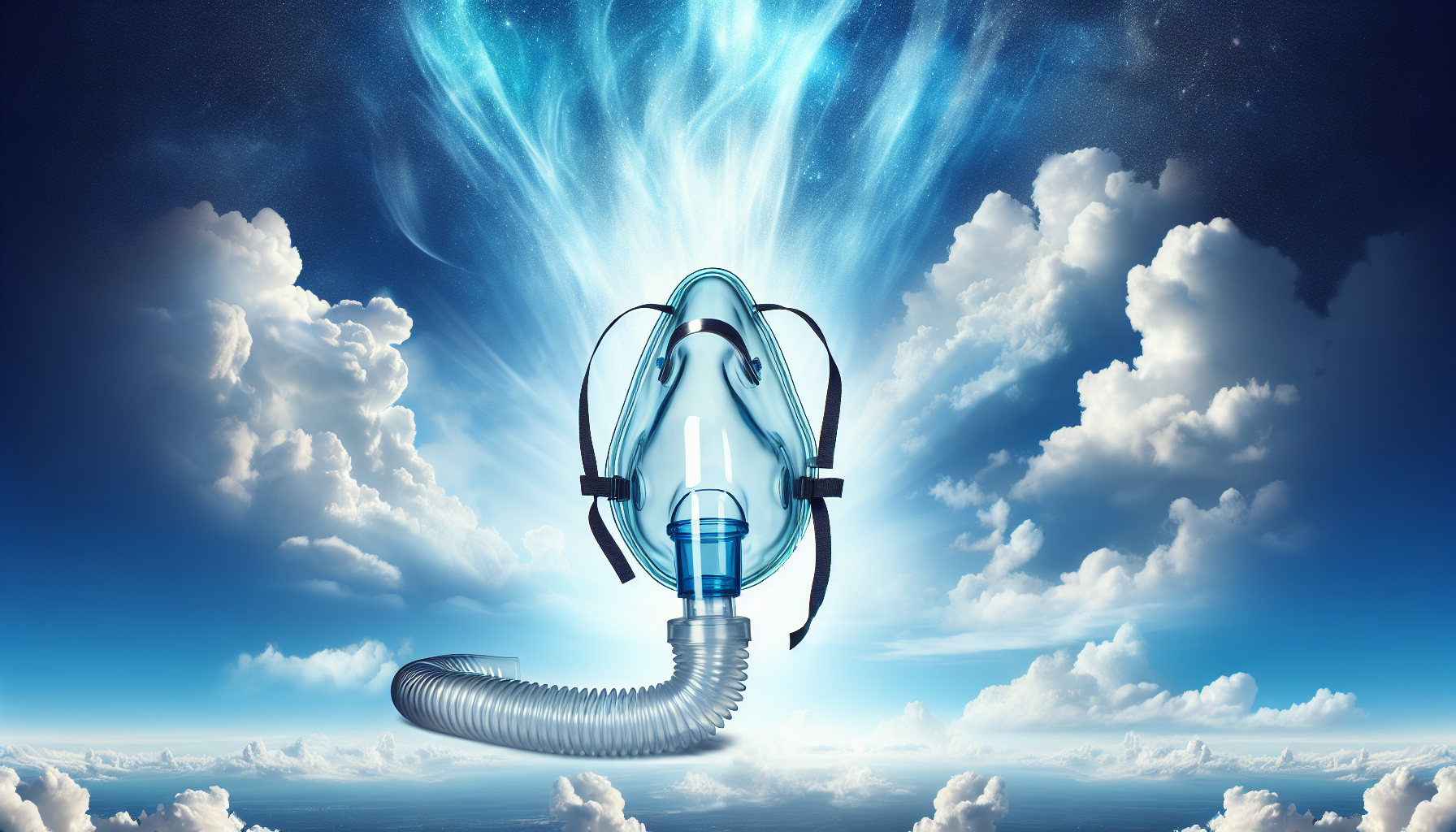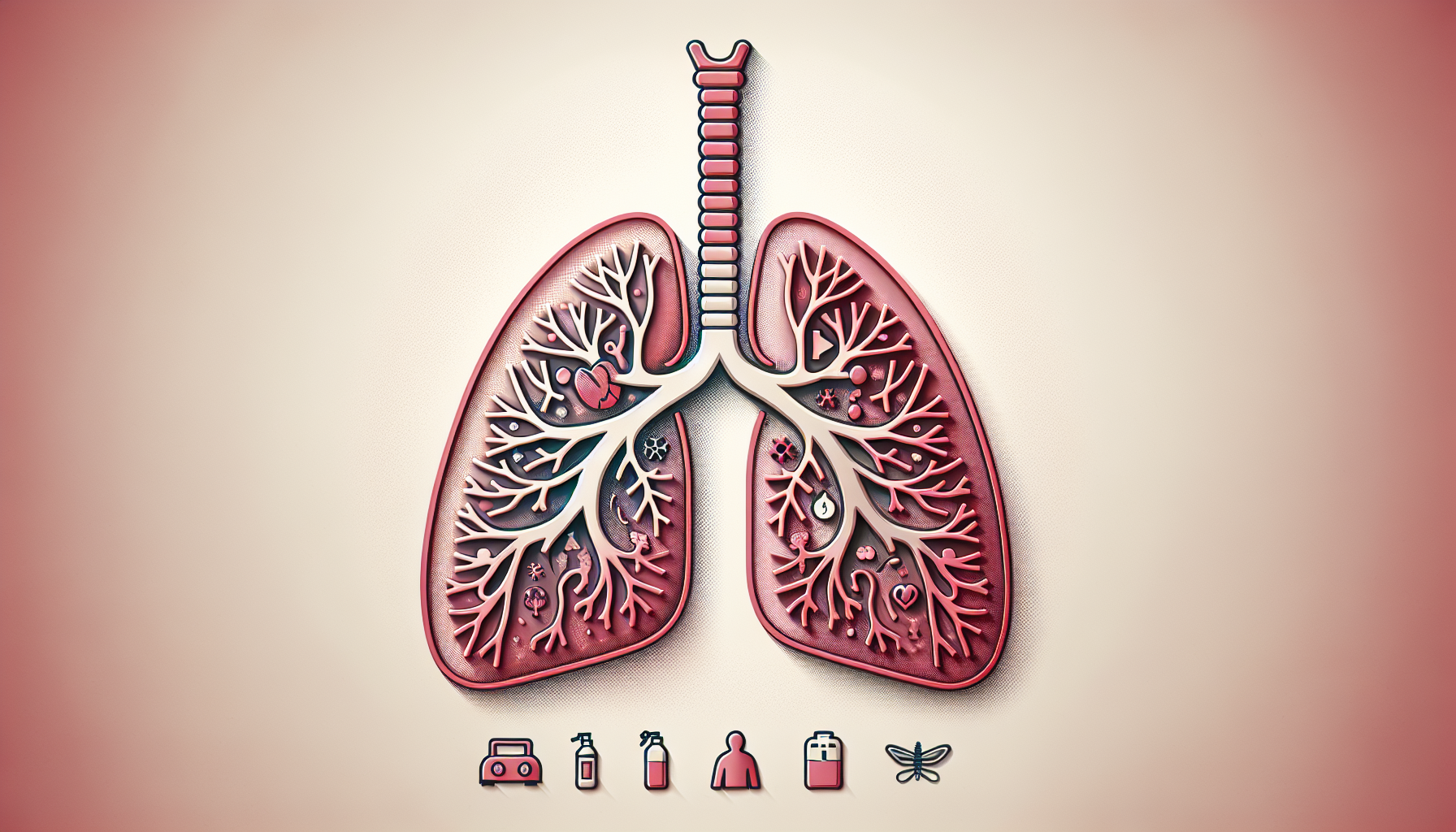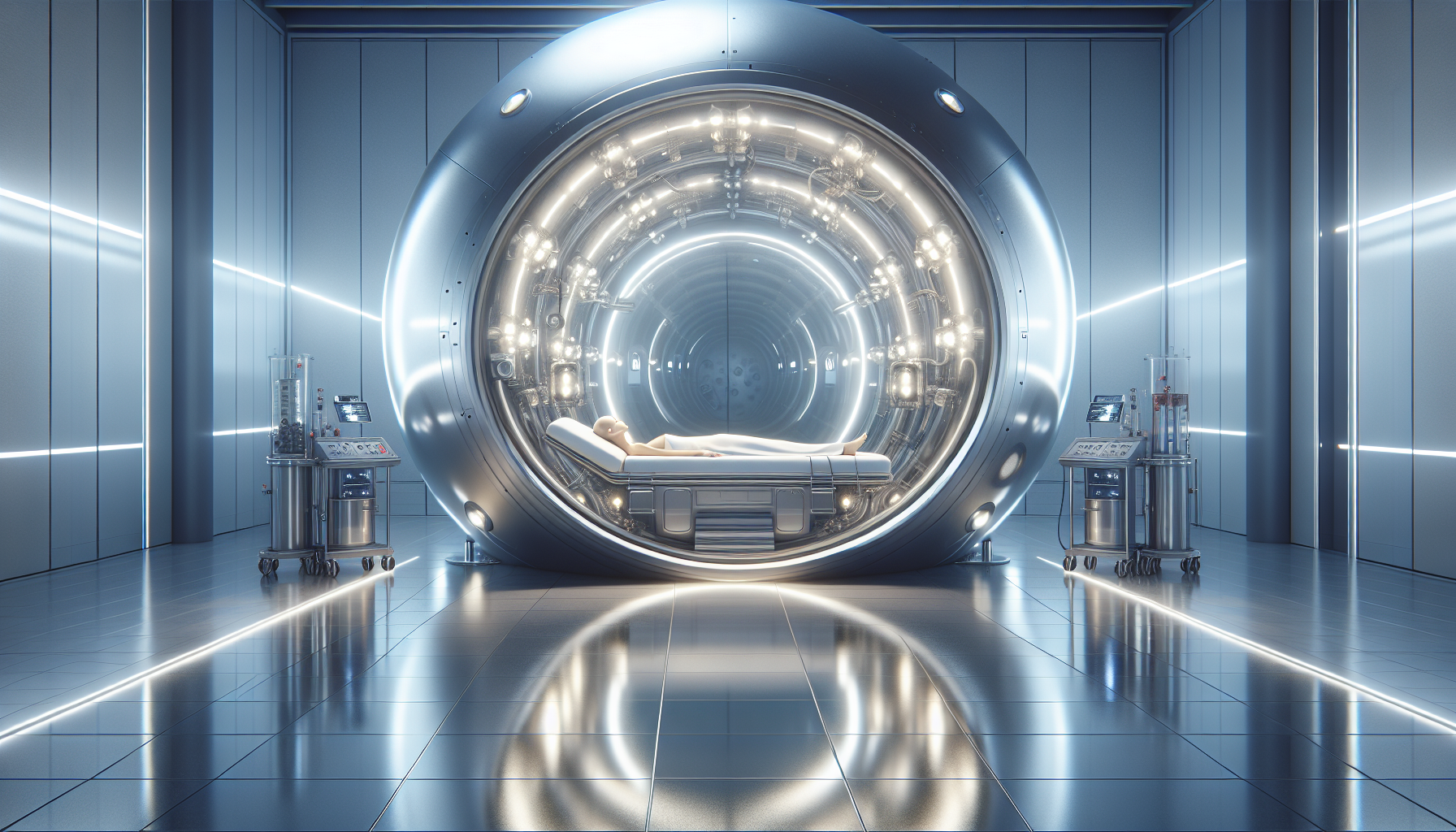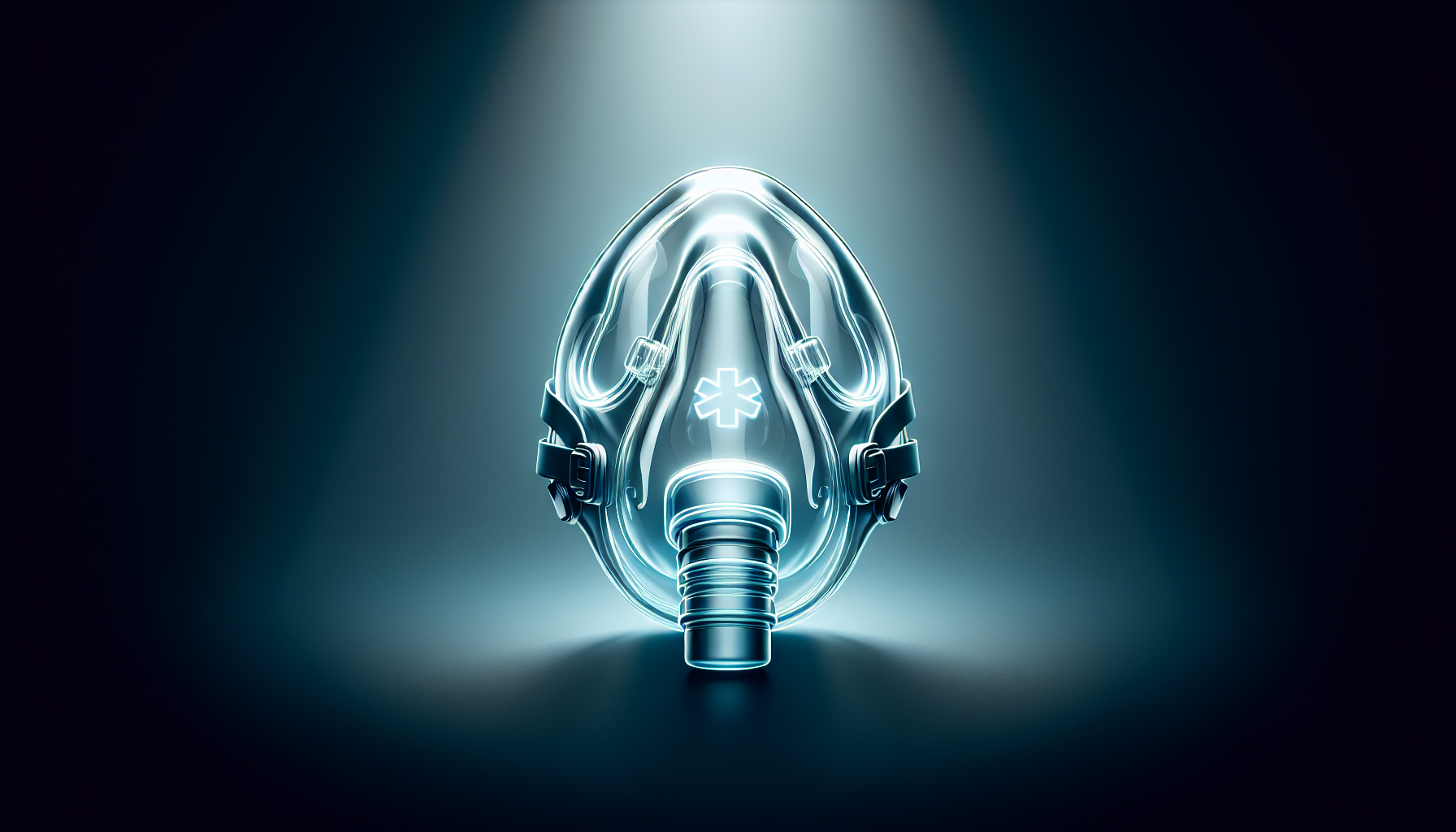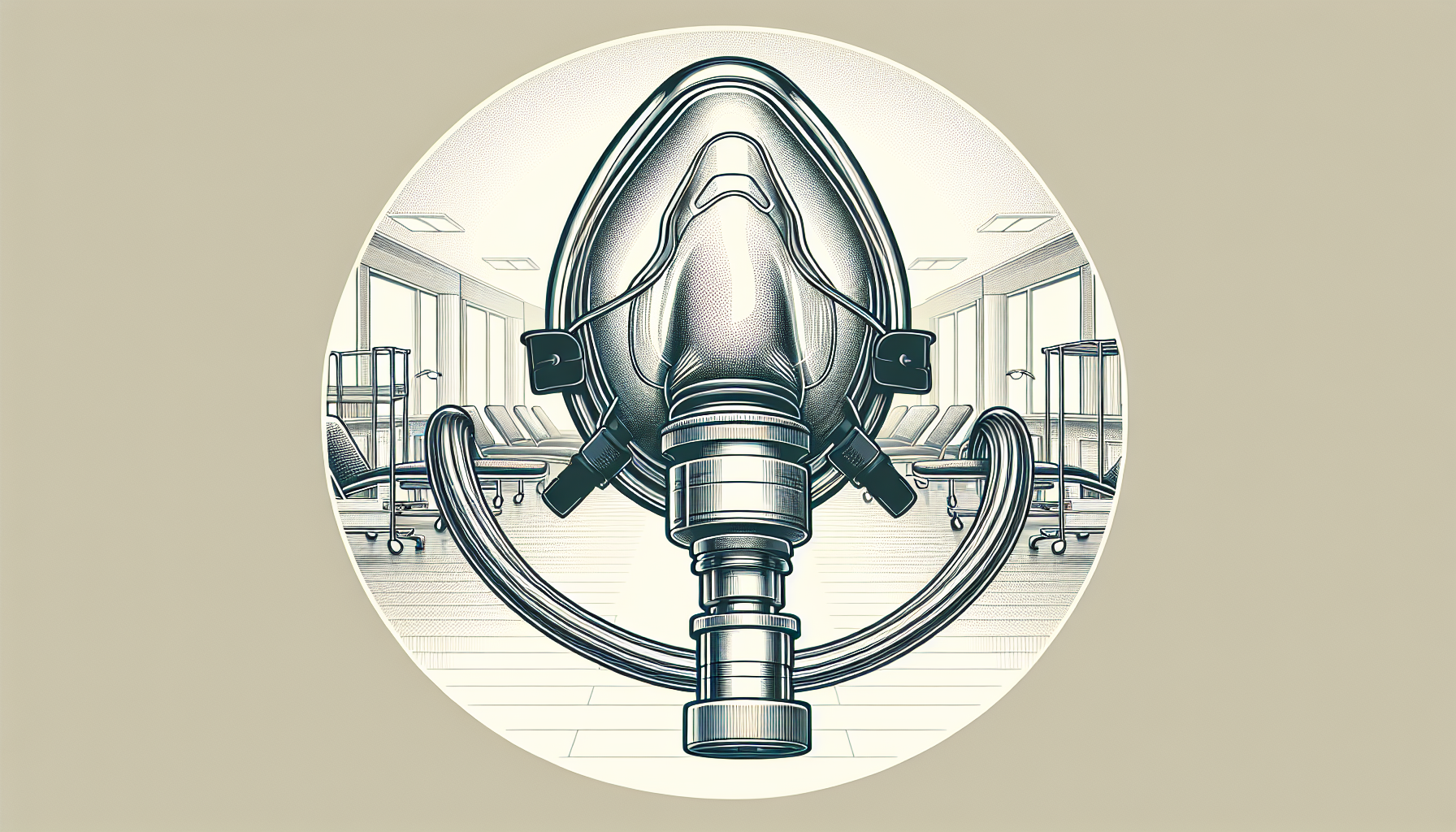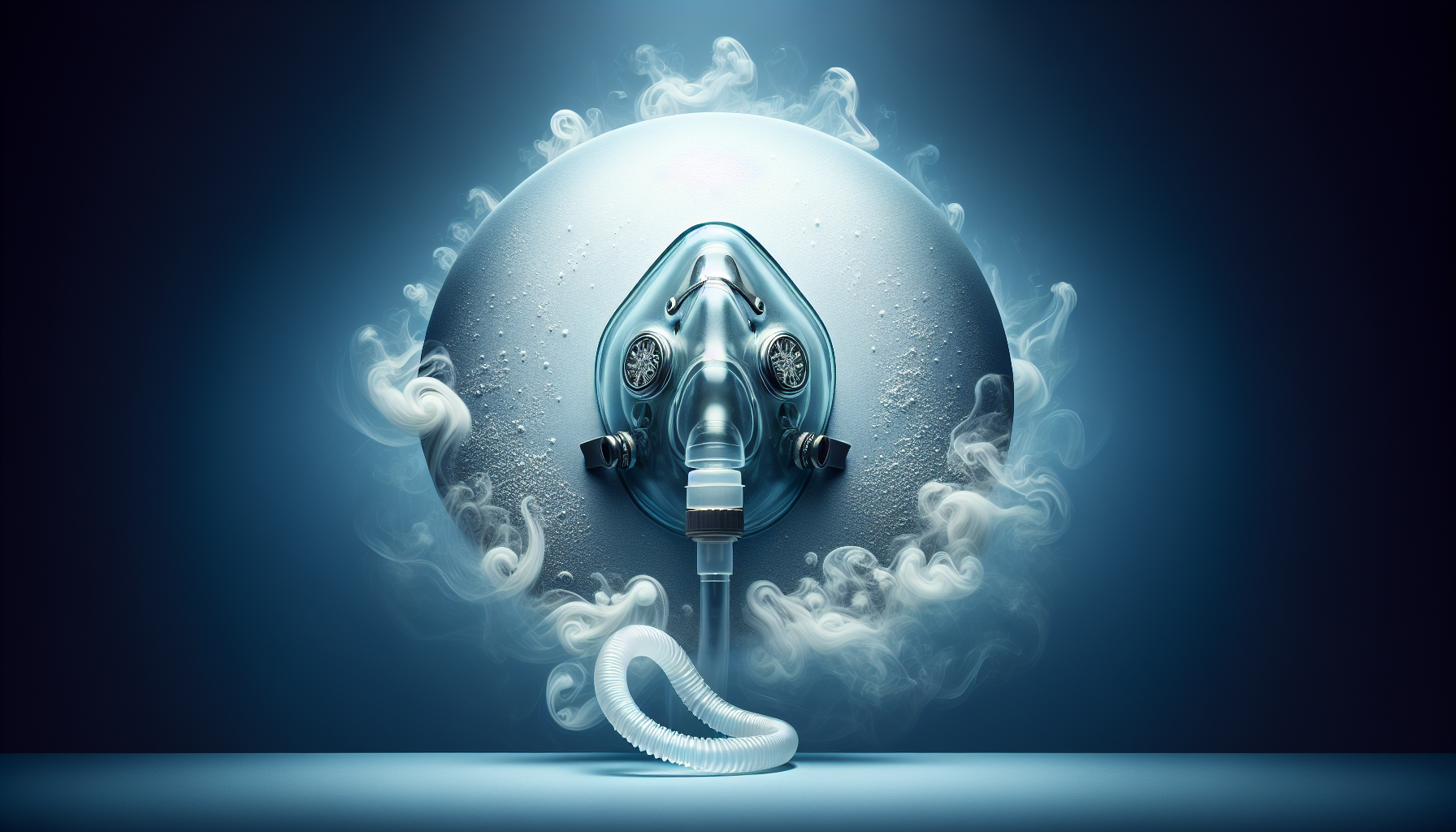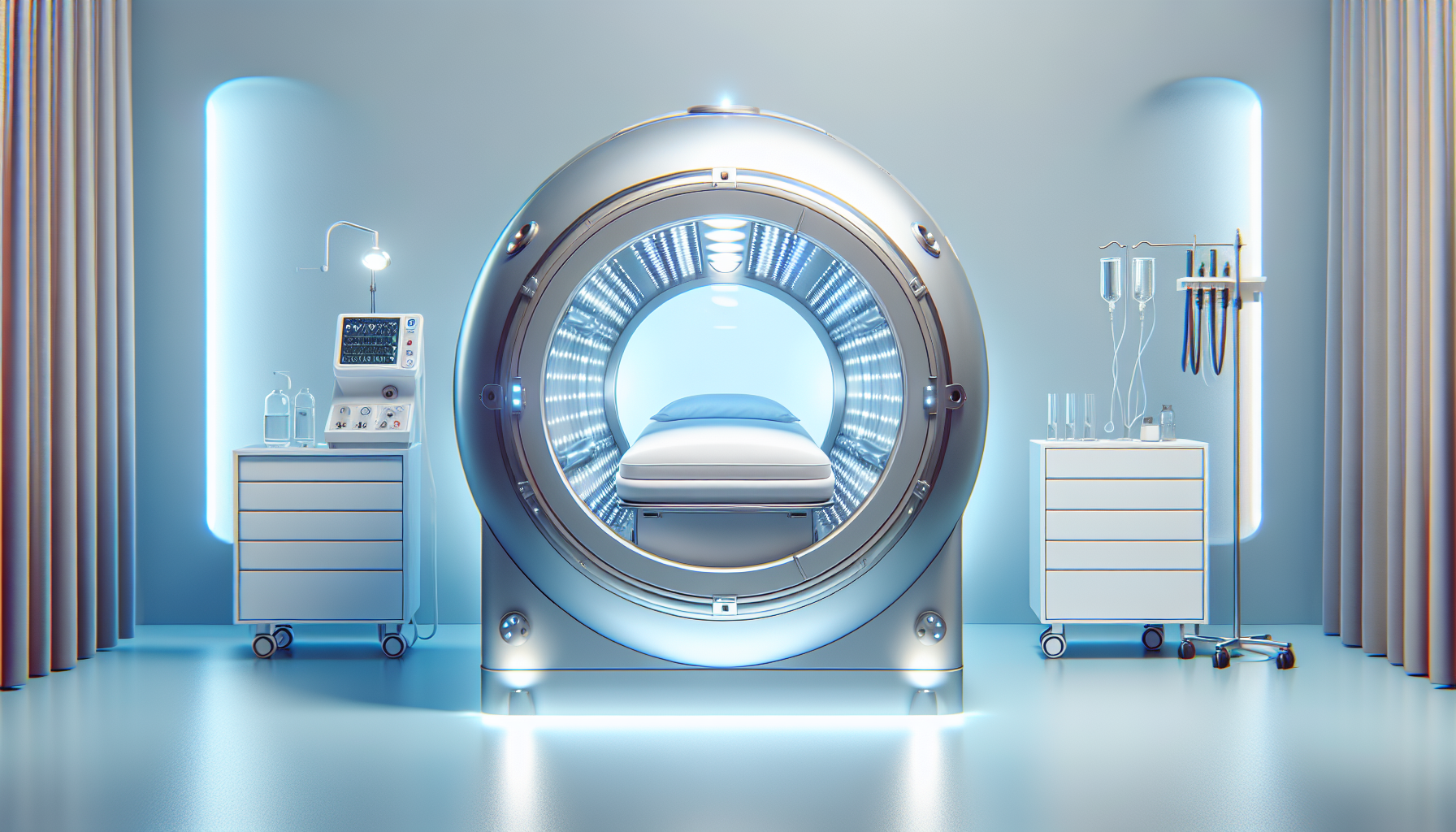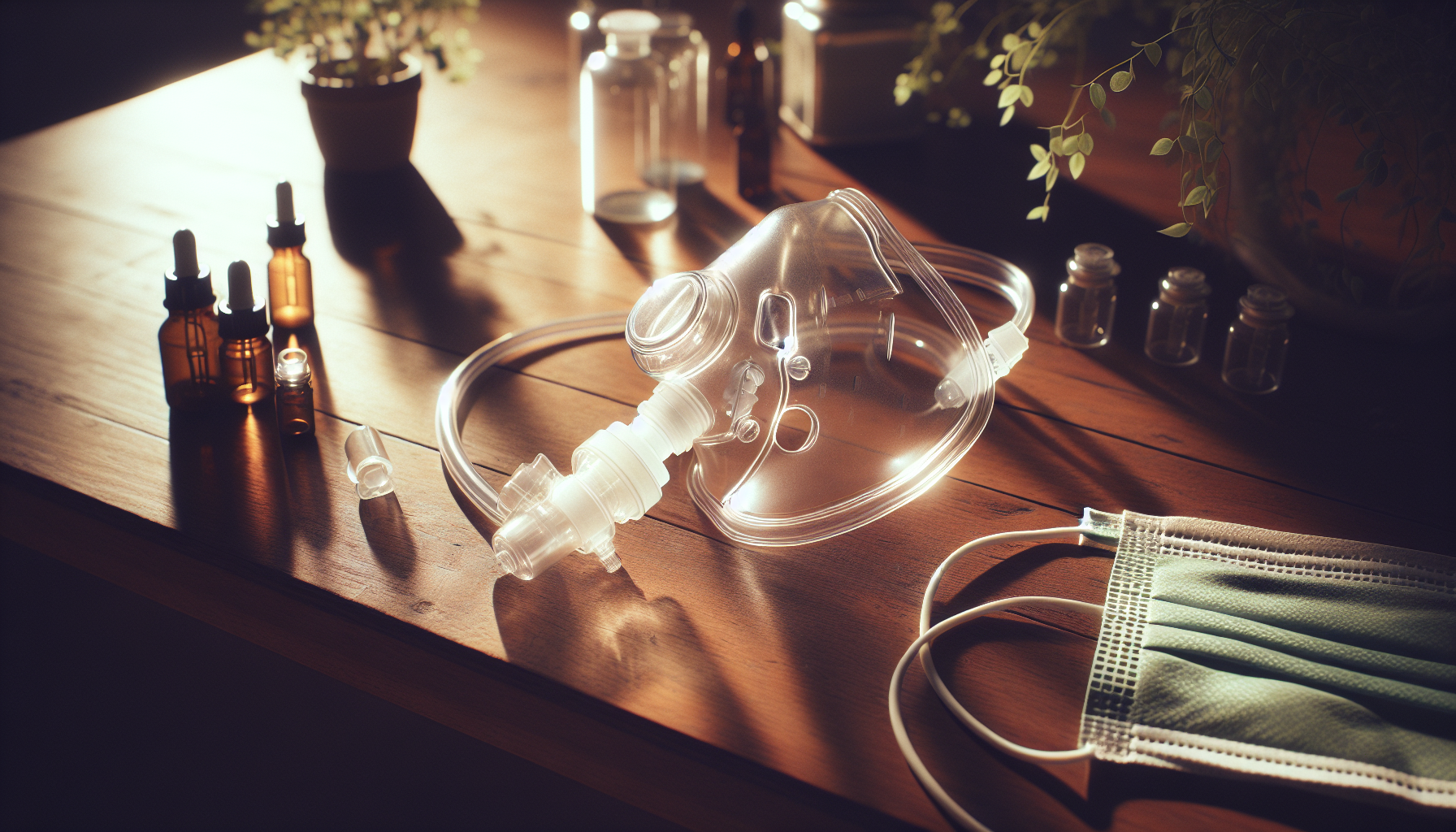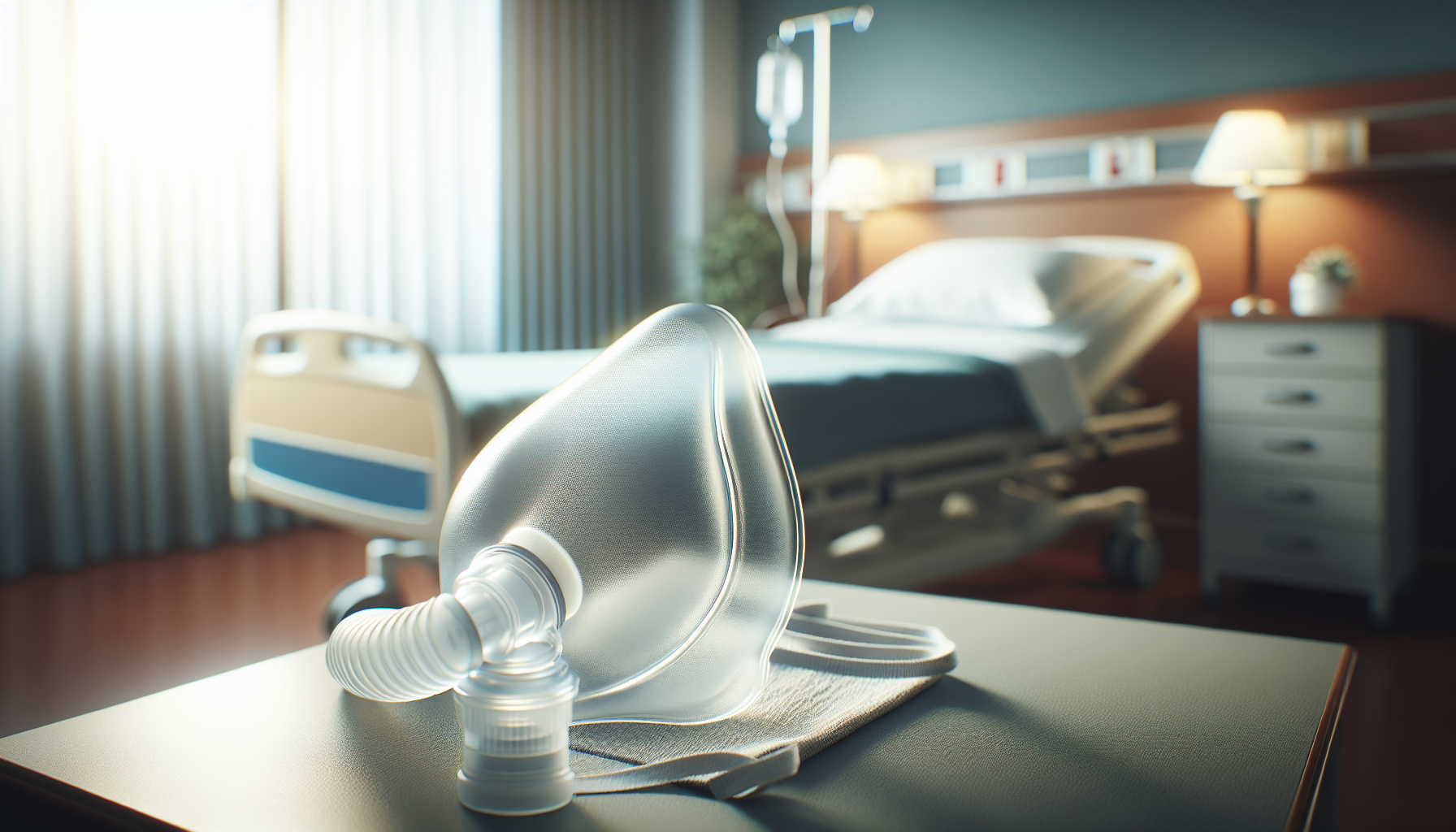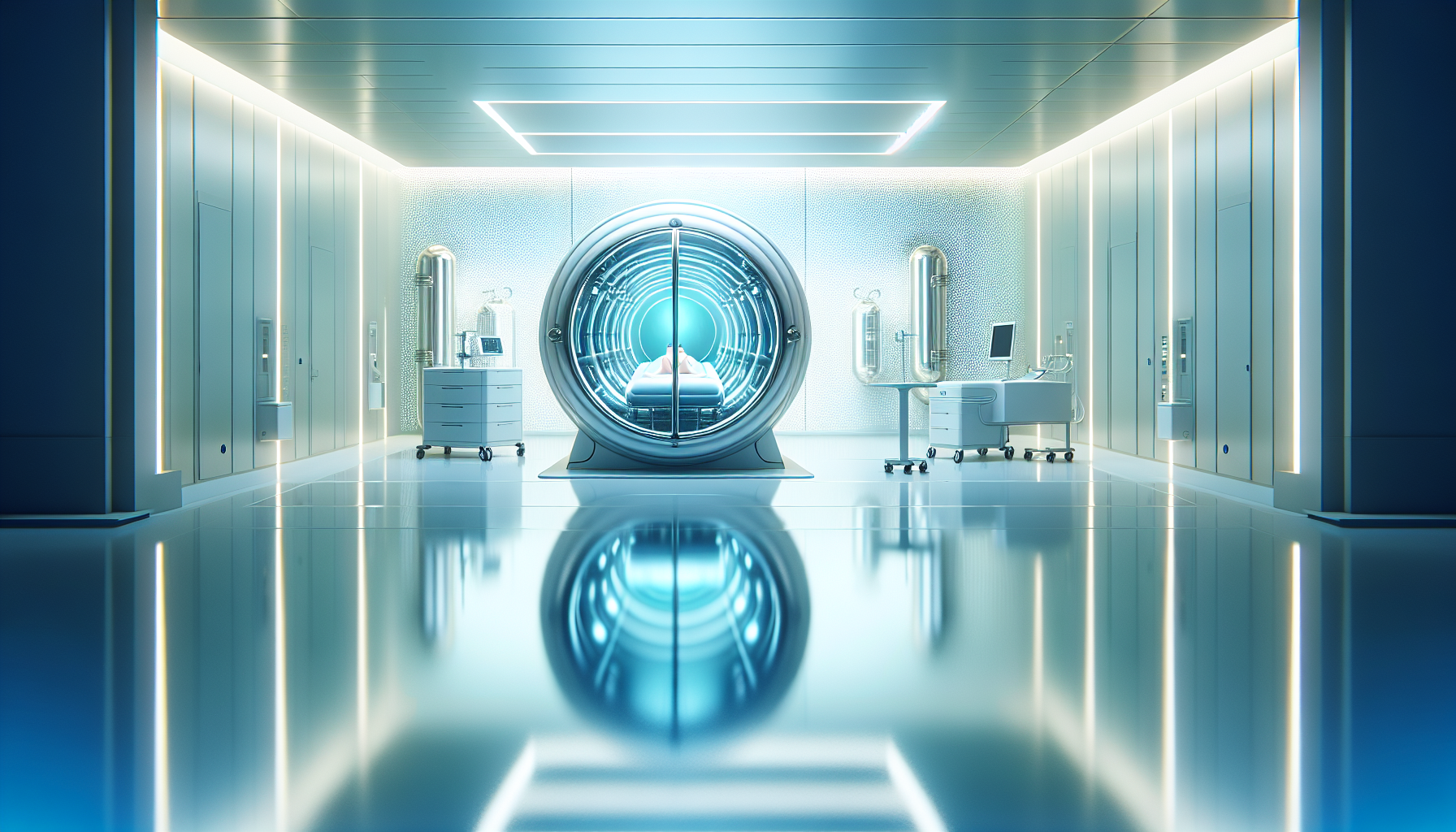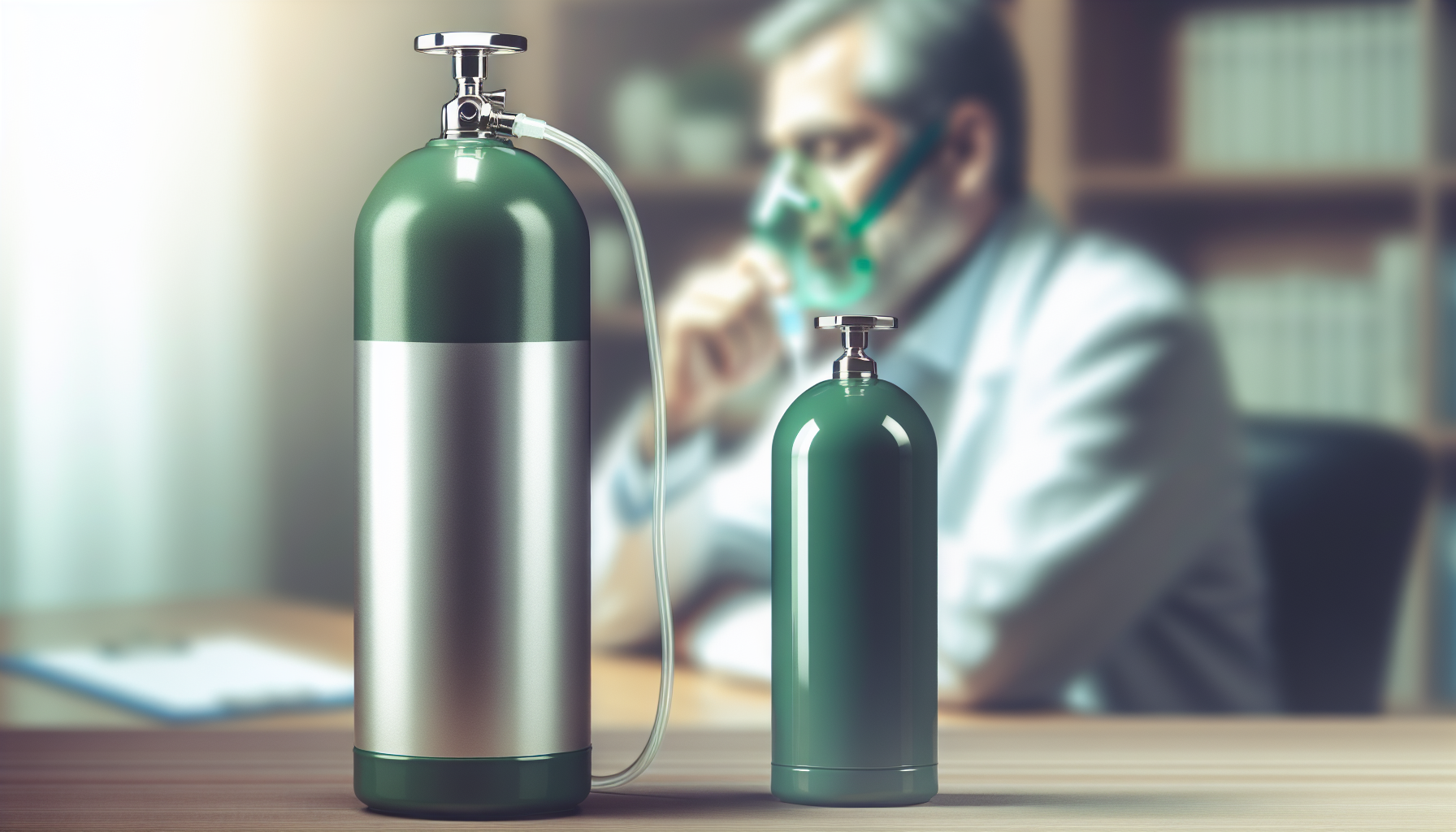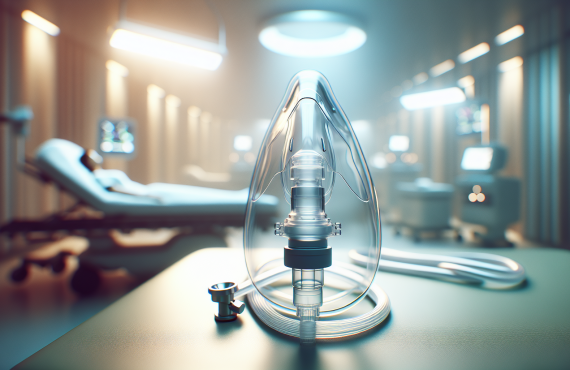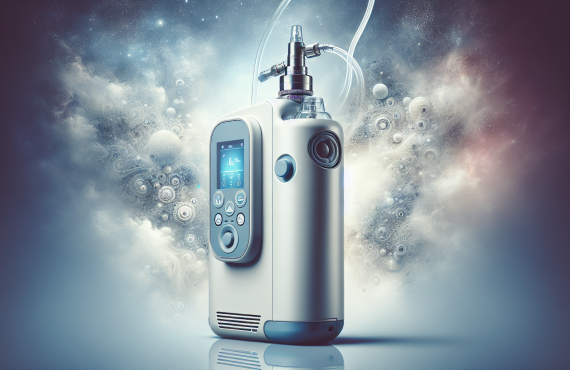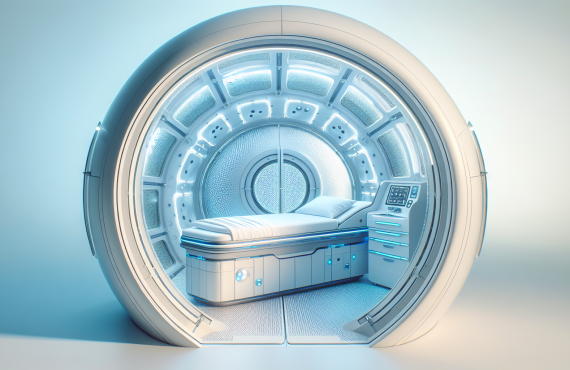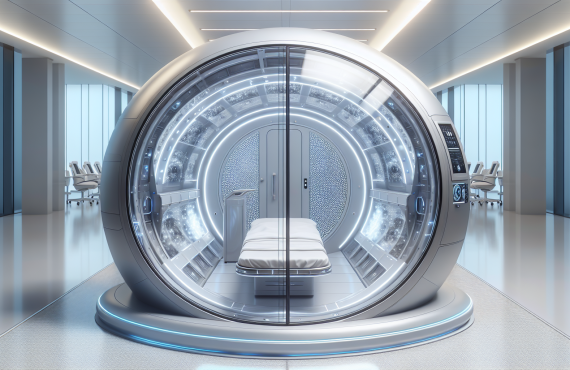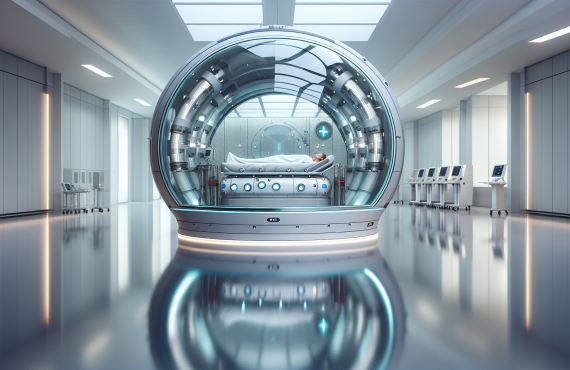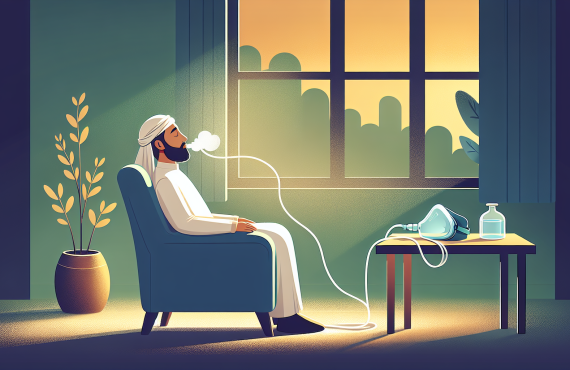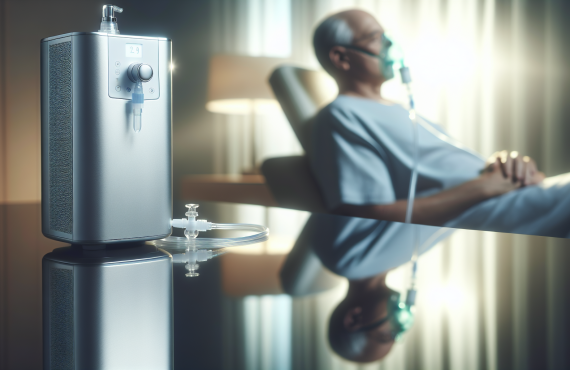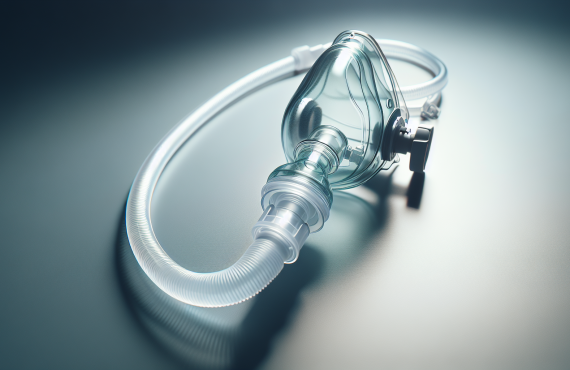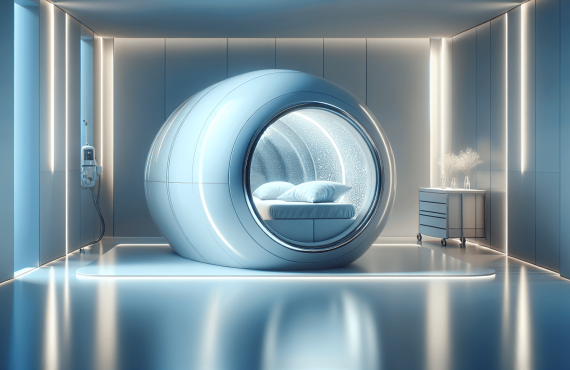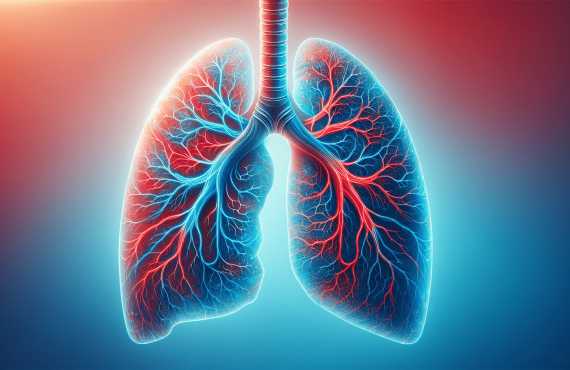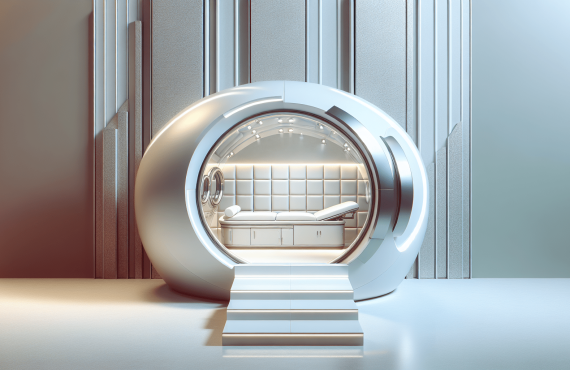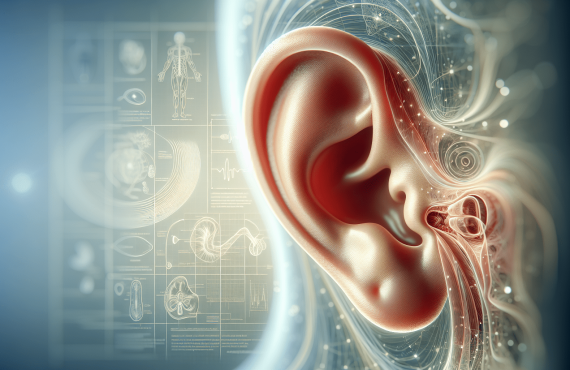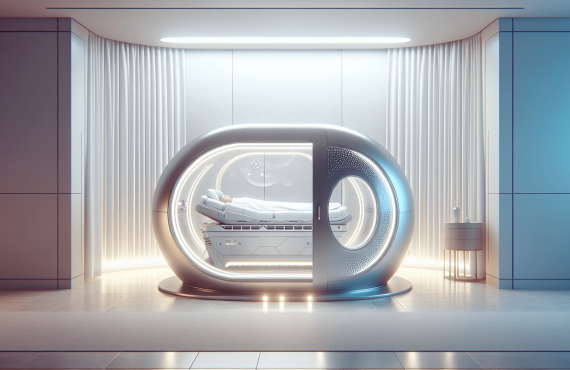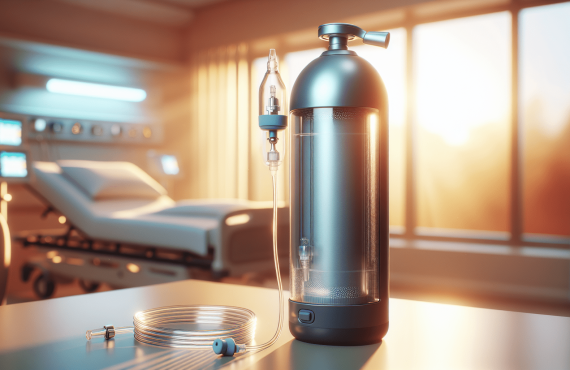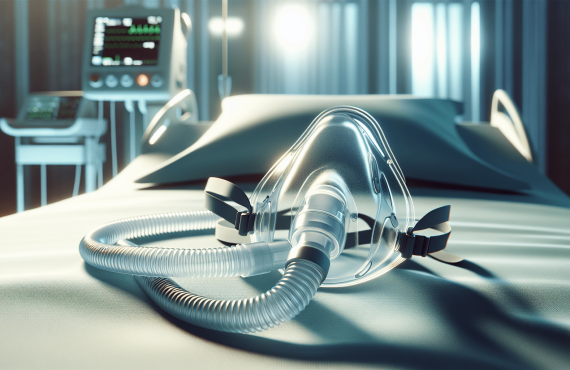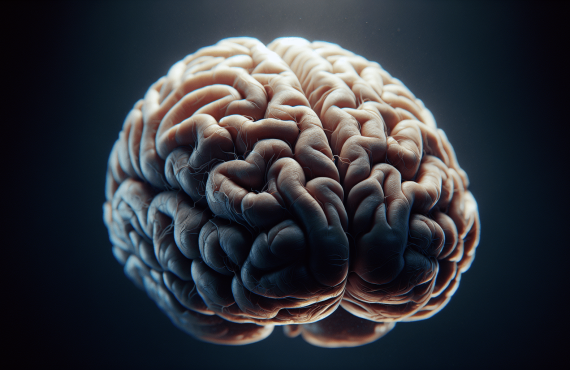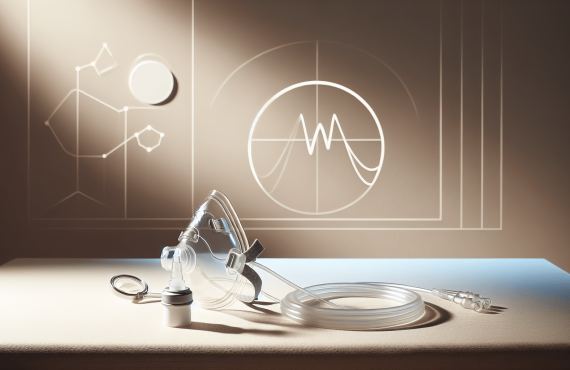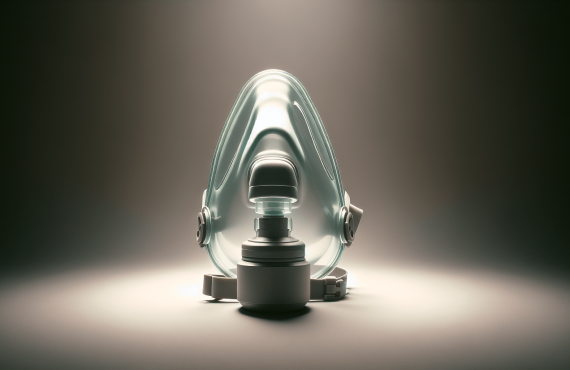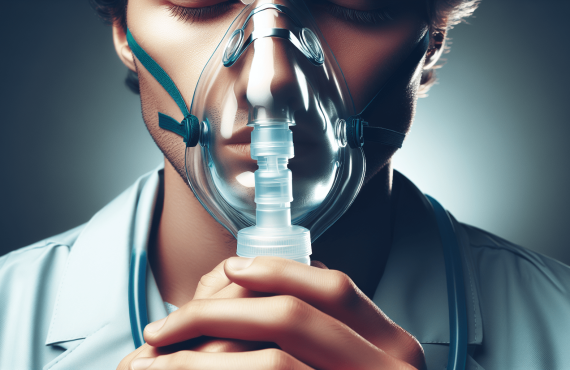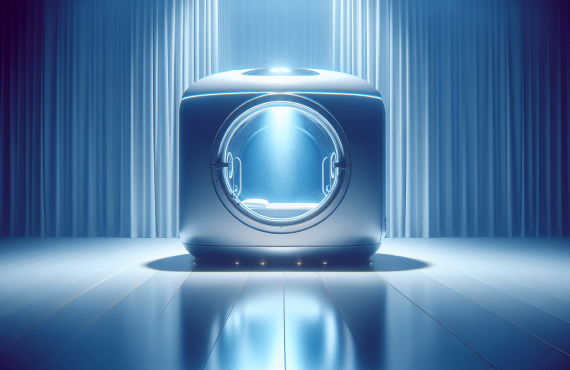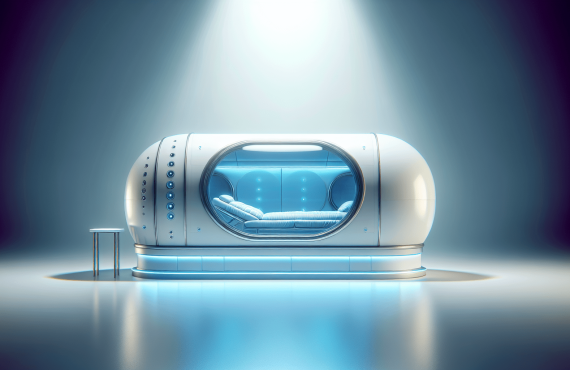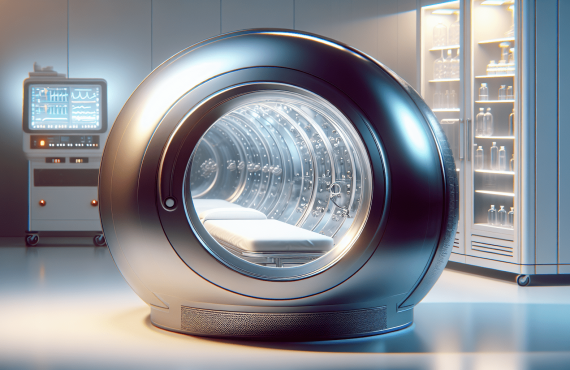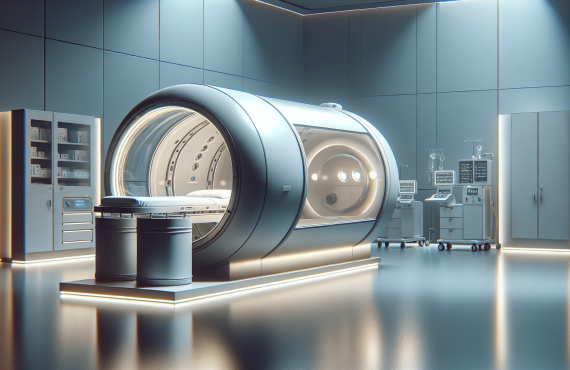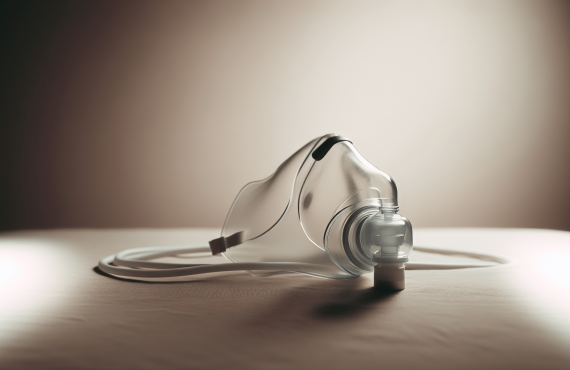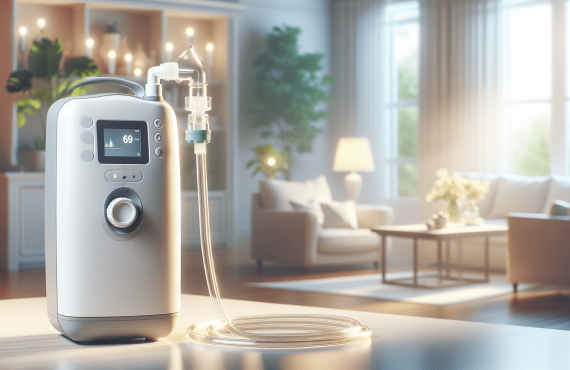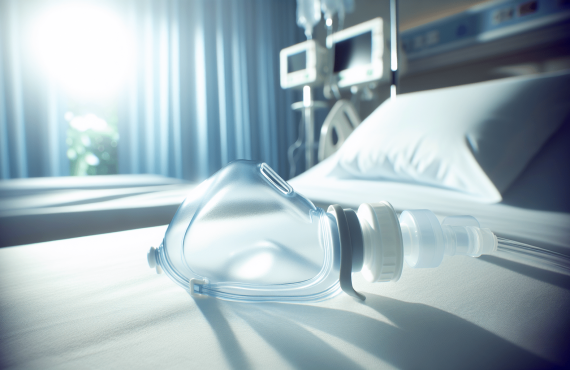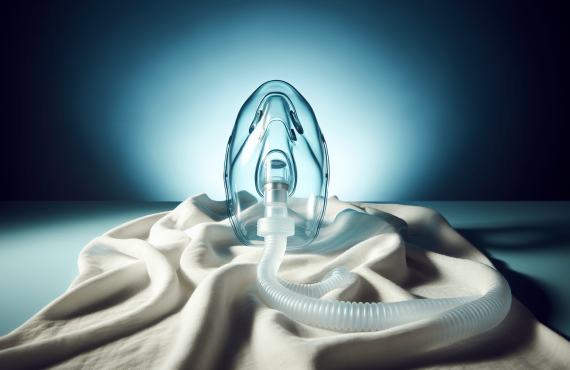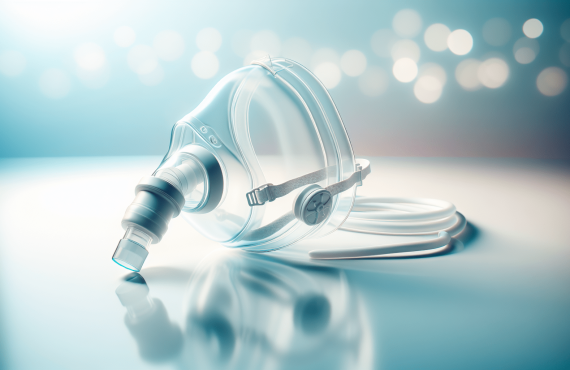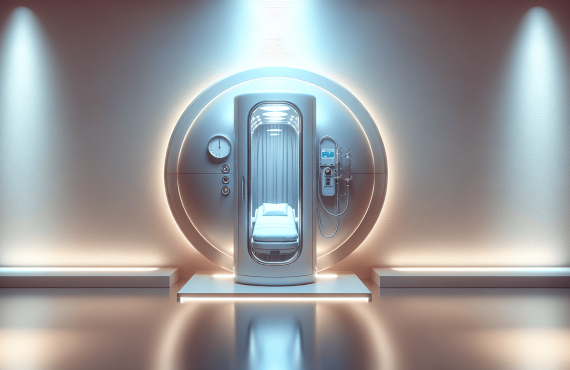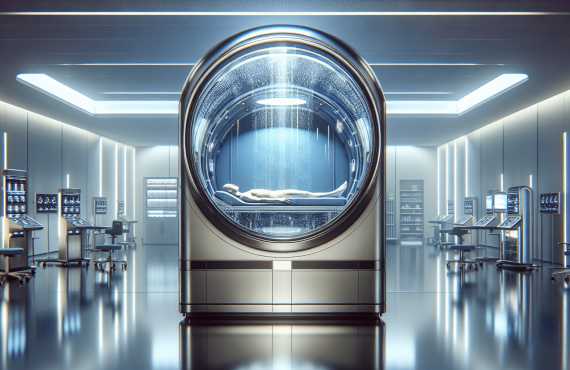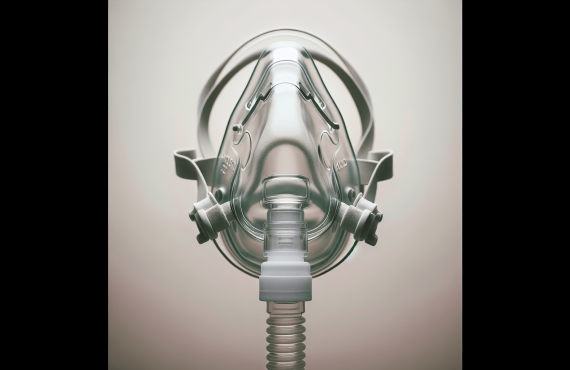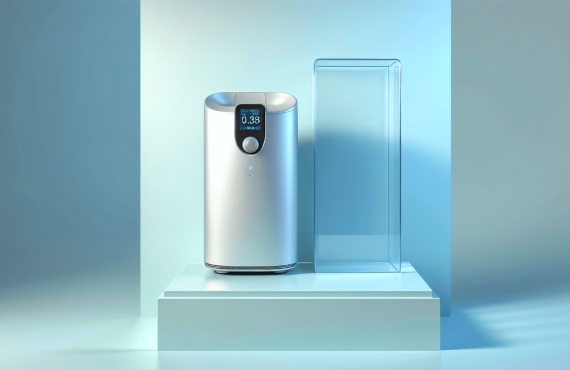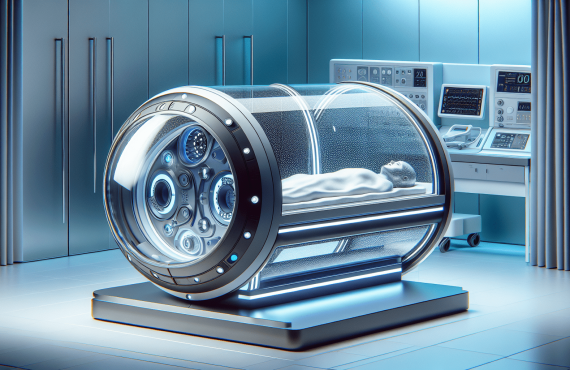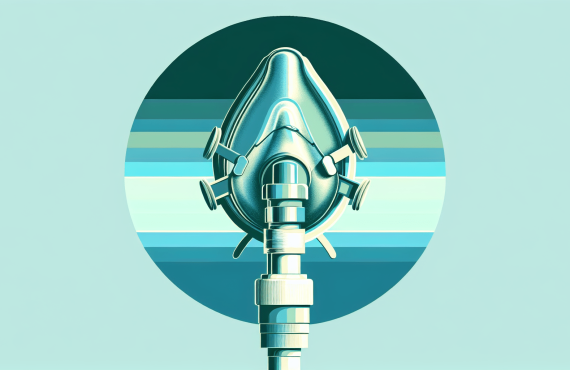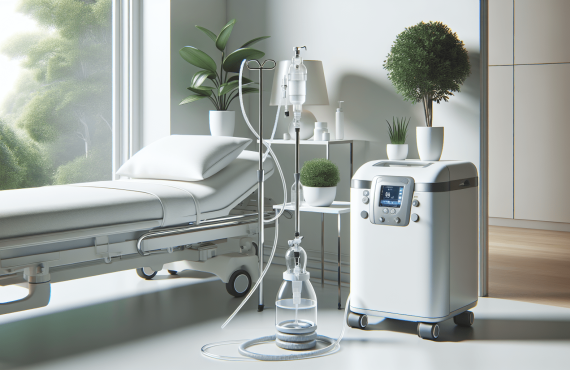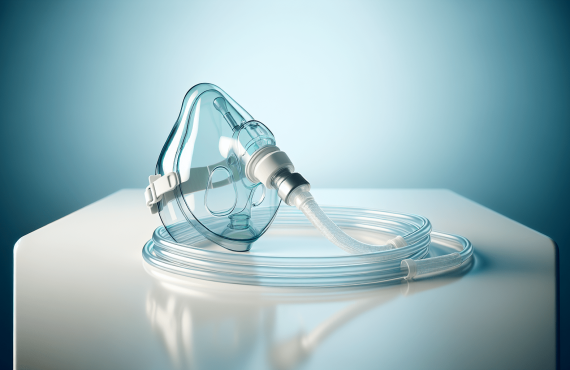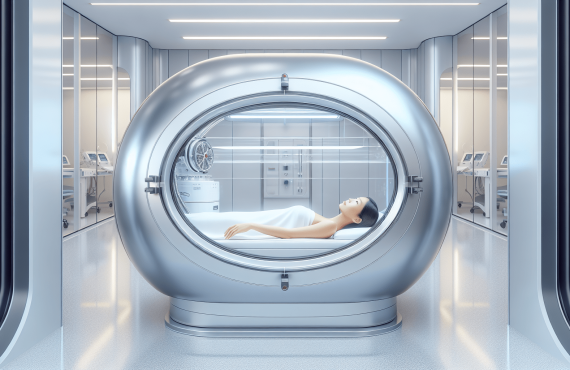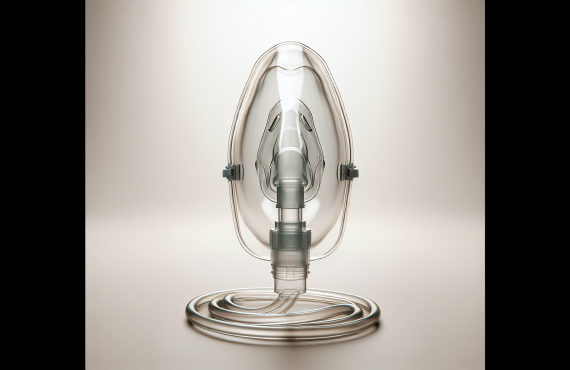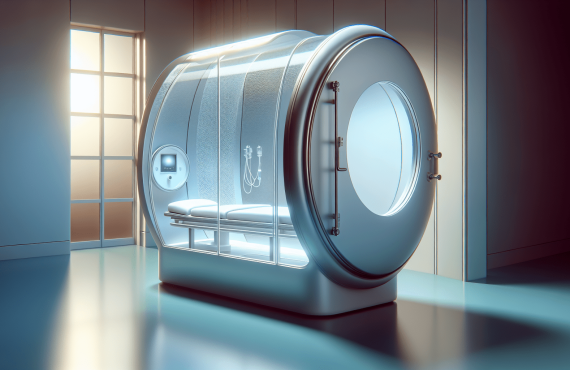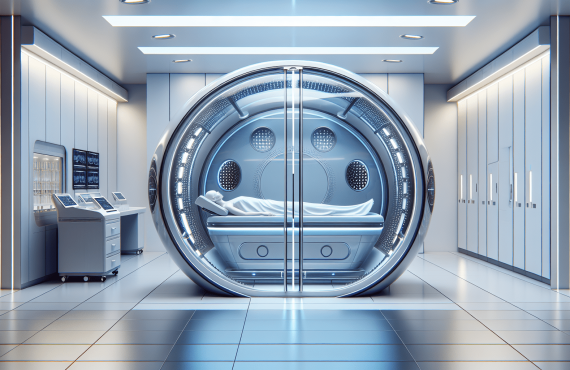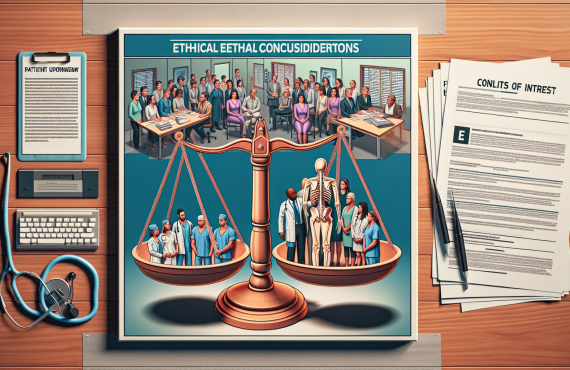Have you ever wondered about the potential complications of oxygen therapy? Oxygen therapy is a critical medical treatment for individuals with respiratory conditions. However, despite its life-saving potential, it comes with certain risks, especially if not administered correctly. One of the most serious complications is oxygen toxicity. Let’s delve into what oxygen therapy is, explore its adverse effects, and discuss the measures in place to prevent these complications.

Table of Contents
Understanding Oxygen Therapy
Oxygen therapy is a treatment that delivers supplemental oxygen to individuals with chronic or temporary respiratory ailments. It’s a straightforward concept: folks with impaired lung function need a little help getting enough air, and supplemental oxygen provides that boost. While some use oxygen therapy at home, others receive it in hospitals.
The Mechanism of Oxygen Therapy
Oxygen therapy involves increasing the amount of oxygen your lungs take in. When you breathe normal air, it contains about 21% oxygen. With oxygen therapy, the concentration can go up to 100%. This pure oxygen helps maintain adequate blood oxygen levels, which is crucial for every cell in your body to function correctly.
Benefits of Oxygen Therapy
The primary purpose of oxygen therapy is to improve the quality of life. It helps people with low blood oxygen levels to breathe easier and sleep better. Chronic obstructive pulmonary disease (COPD), pneumonia, asthma, and other lung disorders often require this therapy. By stabilizing oxygen levels, patients experience less fatigue and improved energy, allowing them to engage more fully in daily activities.
What Is Oxygen Toxicity?
Now, let’s look at one of the severe risks associated with oxygen therapy: oxygen toxicity. Oxygen toxicity occurs when you receive too much oxygen over a prolonged period. Instead of breathing life back into you, the oxygen becomes the villain.
How Does Oxygen Toxicity Occur?
Imagine the normal air pressure around you—the atmosphere is kind and gentle, just enough to keep your blood oxygenated without causing chaos. Now enhance that pressure significantly with pure oxygen during oxygen therapy. If this exuberant supply of oxygen continues for too long, it results in an excess of free radicals, which wreaks havoc on your cells.
Physiological Effects of Excess Oxygen
Under typical conditions, your body meticulously manages oxygen levels to avoid excess free radical formation. Too much oxygen disrupts this balance, leading to damage in the lung tissues and central nervous system. Seizures, respiratory distress, or even failure can occur if oxygen toxicity is not addressed in time. It’s like having too many cooks in the kitchen; the result isn’t a feast, but chaos.
Preventing Oxygen Toxicity
Fortunately, complications from oxygen therapy are preventable. Medical professionals closely monitor the oxygen dosage and duration to ensure safety.
Monitoring Oxygen Levels
Healthcare providers use pulse oximeters to measure oxygen saturation in your blood. This non-invasive device clips onto your finger and gives an immediate read on your blood oxygen levels. Adjustments to oxygen flow can be made based on these readings to avoid excessive exposure.
Gradual Increase and Duration Control
Doctors often start with lower concentrations of oxygen and gradually increase it according to your needs and condition. They also carefully control the duration of oxygen therapy. For example, the duration and dose might vary if you require oxygen therapy post-surgery versus for a chronic lung condition.
Considerations and Queries: Addressing Common Questions
After understanding the complexities, you might have some lingering questions about oxygen therapy and its risks. That’s quite natural!
FAQ Section
-
How can a patient tell if they are receiving too much oxygen?
Initially, symptoms like dry or irritated mouth or nose might appear. However, severe symptoms such as difficulty breathing, signs of confusion, and seizures require immediate medical attention.
-
Is it possible to self-administer oxygen therapy?
While some patients manage their oxygen therapy at home, it requires medical supervision and proper training to avoid complications. Always follow your physician’s guidelines.
-
How does oxygen therapy differ from hyperbaric oxygen therapy?
Hyperbaric therapy is delivered in enclosed chambers under high pressure and is used to treat specific conditions like decompression sickness and carbon monoxide poisoning. Standard oxygen therapy is less pressurized and helps manage ongoing respiratory issues.
-
What role do professionals like Dr. Craig Henry and Dr. Aaron Hixon play in oxygen therapy?
Chiropractors primarily focus on musculoskeletal conditions but can be part of a holistic approach to health and wellness. They work alongside respiratory therapists to enhance overall patient well-being.
-
Can oxygen therapy be a long-term treatment?
Yes, for chronic conditions such as COPD, long-term oxygen therapy is common. The aim is to maintain optimal lung function and enhance life quality.

Role of Hyperbaric Oxygen Therapy
Hyperbaric oxygen therapy (HBOT) is an advanced form of oxygen therapy performed in pressurized chambers. The dramatic enhancement in blood and tissue oxygen levels fosters healing, offering benefits beyond traditional oxygen therapy.
Benefits of Hyperbaric Therapy
Hyperbaric therapy does more than replenishing oxygen. It promotes new blood vessel formation and tissue repair, making it effective for non-healing wounds and specific infections. Enhanced oxygen availability also aids in reducing inflammation and boosting immune function.
Safety Measures in Hyperbaric Therapy
HBOT specialists monitor patients closely to tailor the pressure and oxygen levels according to each individual’s condition. Such level of precision minimizes the risk of oxygen toxicity while maximizing therapeutic benefits.
Who is Dr. Craig Henry?
If understanding oxygen therapy has sparked your interest in holistic health management, you might want to know about experts like Dr. Craig Henry. Dr. Henry is a licensed chiropractor offering chiropractic care to patients in Pensacola, Florida. Chiropractic treatment involves non-invasive techniques that improve body alignment, enabling better body function and enhancing overall health.
Connecting With Dr. Craig Henry
Dr. Craig Henry aims to assist individuals facing chronic pain or those seeking better health management. He offers a way out of discomfort and a passage to a healthier lifestyle. Visit him at:
Henry Chiropractic
1823 N 9th Ave
Pensacola, FL 32503
(850) 435-7777
Visit Website
Dr. Aaron Hixon’s Approach
Dr. Aaron Hixon shares a passionate focus on health improvement. As a native Floridian, Dr. Hixon extends beyond conventional treatment methods, offering a compassionate approach that resonates with patients. He believes in community engagement and continued education to broaden healthcare accessibility.
Get to Know Dr. Aaron Hixon
Dr. Hixon’s extensive training includes various chiropractic techniques to provide comprehensive care. His activities in the community suggest his commitment extends beyond his practice. Whether it’s volunteering or maintaining an active lifestyle, Dr. Hixon’s dedication is evident.
In Conclusion: Educated Decisions in Oxygen Therapy
Understanding the risks and benefits of oxygen therapy is essential for informed decision-making. Oxygen therapy, when monitored correctly, provides life-enhancing benefits for those with respiratory challenges. Still, acknowledging potential complications like oxygen toxicity is crucial. With the guidance of healthcare professionals, risks can be mitigated, offering a safer and more effective therapy. Through a coordinated approach with professionals like Dr. Craig Henry, patients can achieve comprehensive wellness. The collaboration between traditional medical treatments and chiropractic care can offer a balanced path towards improved health.
For individuals seeking detailed, personalized care plans, reach out to trusted healthcare providers in your area. They are equipped to guide you through the nuances of oxygen therapy and help you navigate its benefits safely.
If you’re in the Pensacola area, consider reaching out to Henry Chiropractic for integrated health approaches. Both Dr. Henry and Dr. Hixon provide expertise that extends into improving your overall life quality, offering support for both your respiratory and musculoskeletal health.








